
Managing Fall Allergies in Your Houston Home
The change of seasons from Summer to Fall is an exciting time: the temperature outside becomes more bearable; pumpkins begin appearing in front of stores, on porches, and in lattes; and a steadily growing excitement for the holidays is in the air- along with some not-so-exciting allergy triggers.
For those of us that suffer from fall allergies, Houston’s slow change from Summer to Fall can be a seriously miserable time. Noses run with abandon; faces itch in places that are impossible to scratch; and eyes water so badly that it’s difficult to tell whether it’s from allergies, or you’re actually crying because your head aches from all the sneezing.
What causes Fall Allergies?
Fall allergies are caused by several triggers that appear in abundance as early as late August and die down around the first days of December:
- Ragweed
- Mold
- Dustmites
How to Manage Ragweed Pollen Allergies
Ragweed is the number 1 allergy offender in the Fall. Towards the end of summer, ragweed starts releasing pollen- lots of pollen. Each plant can release around 1 billion grains of pollen before dying down during the first freeze of winter. And to make matters worse, ragweed is a resilient plant that can grow almost anywhere, especially in soil low in nutrients. For the 1 out of 4 Americans have ragweed allergies, this time can be a major hassle. But there are a few simple ways to prevent this nearly omnipresent allergen from ruining your fall fun:
Pay attention to pollen levels in your area and stay indoors when weed pollen count is high
The City of Houston’s website has an excellent resource that monitors the pollen levels in and around Houston. If you know you’re allergic to ragweed then you might want to keep this handy tool bookmarked so you can stay ahead of your allergies. There are also various pollen forecast apps available for your smartphone.
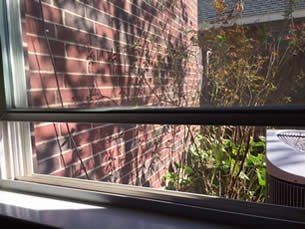
Keep your windows closed
Ragweed pollen is ultra-lightweight and can travel hundreds of miles in the autumn wind. The nice weather may make it tempting to open your windows, but if you want your home to remain a safe-haven from ragweed, you’re going to want to keep them closed.

Shower before bed
The last time anyone ever wants an itchy face is when they’re trying to sleep. To prevent ragweed pollen from getting in your bed or on your pillowcases and sheets, consider taking a shower before you change into your PJs and crawl into bed, even if you already showered in the morning.
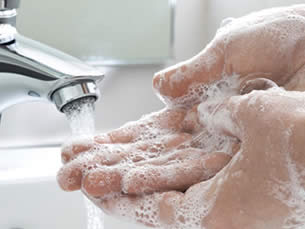
Clean your hands often
Ragweed pollen is tiny and clings to your skin. If you spend anytime outside this fall, even if you don’t touch anything, it’s important to clean your hands when you go inside. If your face, neck, and ears are already itchy due to allergies, scratching them with pollen on your hands will only make matters worse.
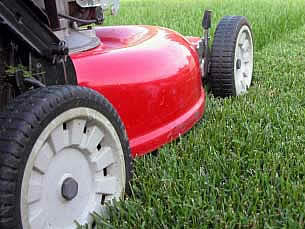
Take care of your yard
Ragweed likes to grow in heavy, un-fertile soil typical of untamed yards. Also, in recent years, varieties of ragweed have been found to be resistant to herbicides. The best way to prevent ragweed from growing in your yard and around your home is to mow your yard on a regular basis and keep your soil healthy by adding the proper nutrients. If you suffer from outdoor allergies that make it difficult to do yard work, you may want to consider signing up for a lawn treatment program.

Use a HEPA filter in your heating system
HEPA (high-efficiency particulate air) filters are designed remove 99.97% of particles that have a size of 0.3 µm from your indoor air system, essentially eliminating the vast majority of allergenic particles. Ragweed pollen particles, as fine as they are, can be intercepted by these filters leaving your home’s air easy to breathe without the sneezing or itching.
How to Manage Mold Allergies
Molds are a diverse range of fungi that grow in damp conditions and reproduce with tiny spores invisible to the naked eye. When these molecular mold spores become airborne, they can cause allergic reactions and even trigger asthma attacks. Mold can grow year round, but the fall conditions in Houston cause mold to peak around this time of year.
Here’s what you can do to manage mold- and symptoms from mold allergies- in your home:
Pay attention to mold levels in your area and stay indoors when mold spore count is high
The same resource that tracks pollen levels in Houston also tracks mold activity. If you are allergic to mold, this tool will let you know when mold levels are high in your area.

Wear an N-95 mask while raking leaves outside
Damp leaves are an ideal place for mold to grow, so raking leaves in the fall, especially in the moist climate of Houston, can be risky for anyone who is allergic to mold. Yes, these masks might make you look like you are about to enter a biohazard zone. But if you are allergic to mold, they’re smart to wear while raking leaves to prevent coughing, wheezing, or shortness of breath caused by inhaling mold spores.
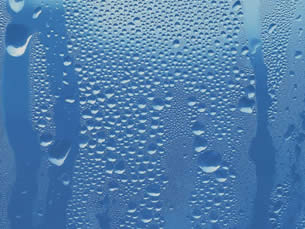
Dehumidify your home
Mold begins to grow when relative humidity levels are around 50%-65%. How are relative humidity levels determined? Relative humidity is the ratio of water vapor in the air to the amount of water vapor the air can hold. The warmer the air, the more water vapor it can hold, which is why hot showers make your bathroom extremely humid. When you turn your heater on this fall, be aware of your home’s humidity levels.
Indoor digital humidity monitors are a cheap way to check the humidity levels of your home. Attics, basements, laundry rooms, and bathrooms are especially prone to high humidity levels. If you learn that humidity levels are above the 50% mark, you may want to consider purchasing a portable dehumidifier or even install a whole-home dehumidifier.
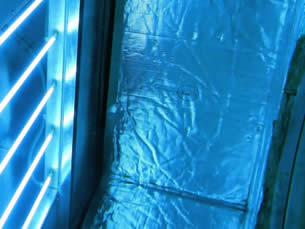
Install a UV Light to disinfect your electric furnace or air mover
Electric AC systems are arranged so that the cooling coil comes before the heating element. This creates condensation and damp conditions inside your air conditioning unit where mold can grow. Ultraviolet light can sterilize mold spores to prevent them from reproducing. If you’re concerned that mold could be growing in your home’s air system, speak to your Air Conditioning service provider or contact an indoor air quality specialist who can assess whether or not your electric furnace has mold or can grow mold. That way, they can properly install UV lights to continuously disinfect the area of your system where mold is likely to grow.
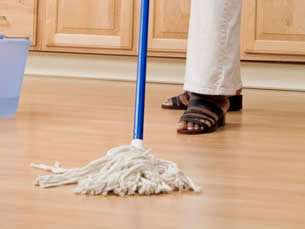
Keep your home clean and dry
Mold can start to grow in free-standing water in as little as thirty minutes. Keep your floors and surfaces dry by addressing water spills as soon as possible. Use a floor towel in your bathroom, address spills immediately, and fix any places in your home prone to leaks, including refrigerator units, washers, and your roof.
How to Manage Dust Mite Allergies
Dust mites are microscopic, translucent hell bugs that live in house dust. Not only are these guys extremely freaky-looking up close (if you’re looking for a frightening Halloween costume, consider being a dust mite), they also have a frightening diet: they live off of dead flakes of skin, AKA dust. Furthermore, the enzymes inside of dust mites’ guts are highly potent so they can digest dead skin flakes. Breathing in dust mites, or even their fecal matter, can send most people into a fit of wheezes, coughs and sneezes.
So what can you do to get these tiny terrors out of your home?
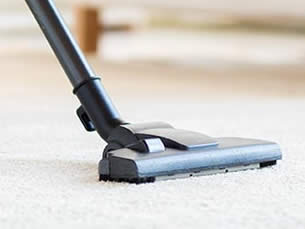
Regularly sweep and vacuum
The average human sheds 1.6 pounds of skin flakes a year. The majority of dust in your home is dead skin, but can also include pet dander, dirt particles, flour, and- you guessed it- dust mites (and their waste). Pretty gross, right? The most effective way to take care of dust in your home is by giving your home a good cleaning at least once a month, or more if you have a house full of pets. Removing dust from hard surfaces like wood, tile, fan blades, etc. is as easy as sweeping. But to effectively remove dust particles from your carpet, use a vacuum cleaner with a built in HEPA filter that will prevent more dust from being stirred into the air. Don’t forget to address places where dust likes to hide: under couches and on top of fan blades.

Dehumidify your home
Like mold, dust mites thrive in humid conditions. The same solutions outlined to dehumidify your home to get rid of mold will also make it harder for dust mites to thrive.
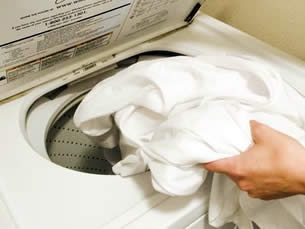
Clean your bedding once a week and consider allergy-blocking covers
Beds are the ideal habitat for dust mites: they are warm and covered in skin particles for them to snack on. The easiest way to ensure these tiny terrors don’t start colonizing your bed is to clean your sheets and pillow cases in hot water once a week. But the best way to keep them gone for good is with tightly-woven allergy-blocking sheets and pillowcases that can be purchased online or at most stores that sell bedding.

Make a habit of taking your shoes off in your home
The majority of dirt particles that contribute to the dust in your home are brought in from dirty shoes. Remind yourself to take your shoes off as soon as you enter your home. And although it might seem a little demanding, remind your family and your guests to take their shoes off as well. Not only will their feet feel comfortable, their lungs will, too.
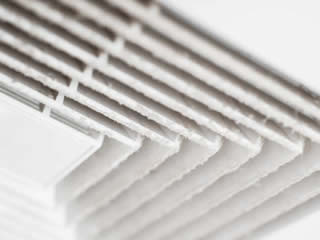
Clean your air ducts
Air Ducts are designed to trap dust, but over time- about 10 years- dust can gather and pile up in your ducts. You can tell dust has made it through your entire system if you see dust and dander gathering around the air return registeme. So if you see dust around those rectangle grills, consider calling an air duct cleaning specialist to assess and clean your air ducts.
Being Proactive is the best way to keep your home free of allergies
Fall allergies will always be a nuisance to those of us that have them. But cleaning your home, installing filters, and keeping your windows closed and shoes off when walking around are good habits for any homeowner who wishes to have comfortable air to breathe in their home.
